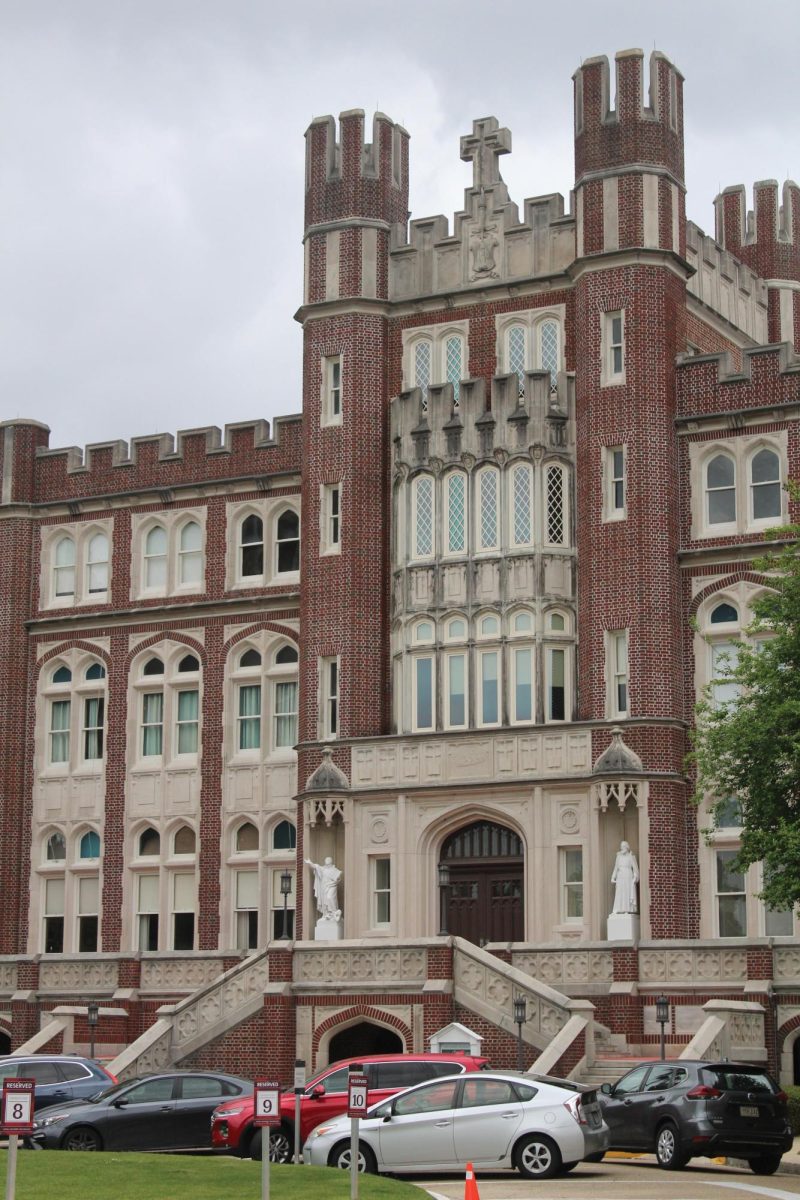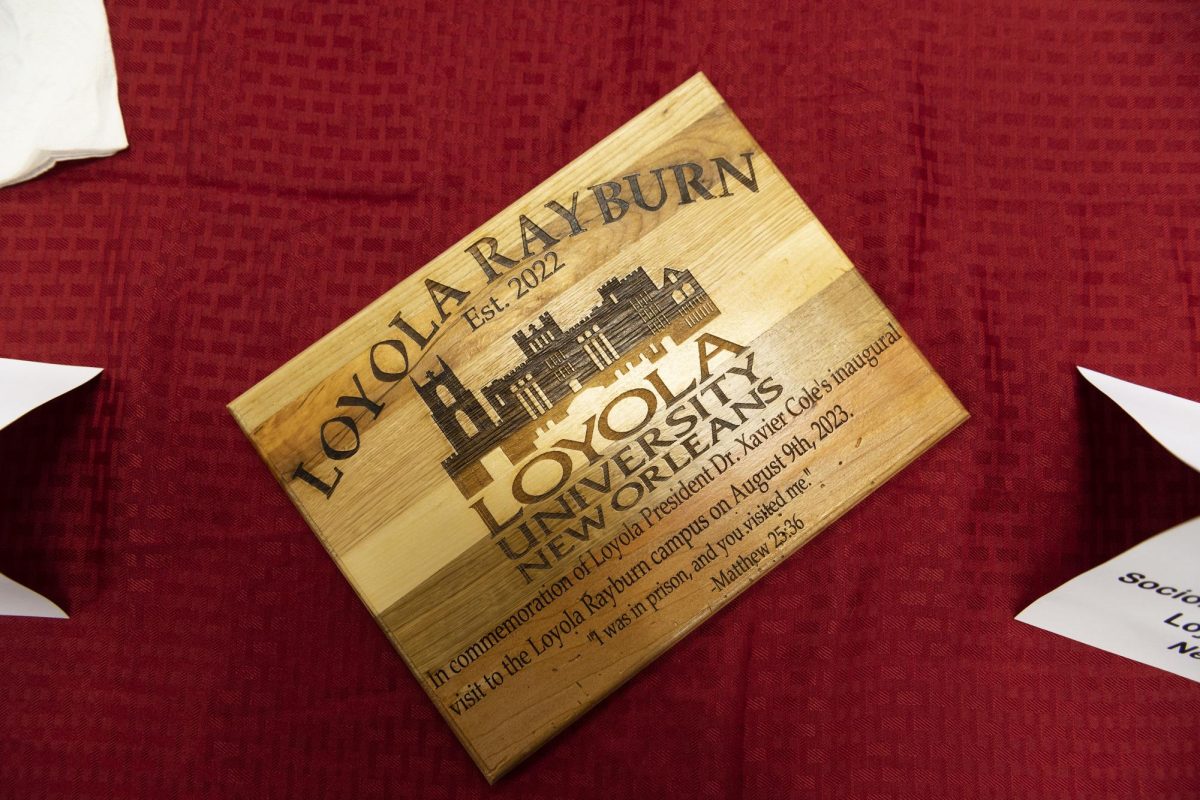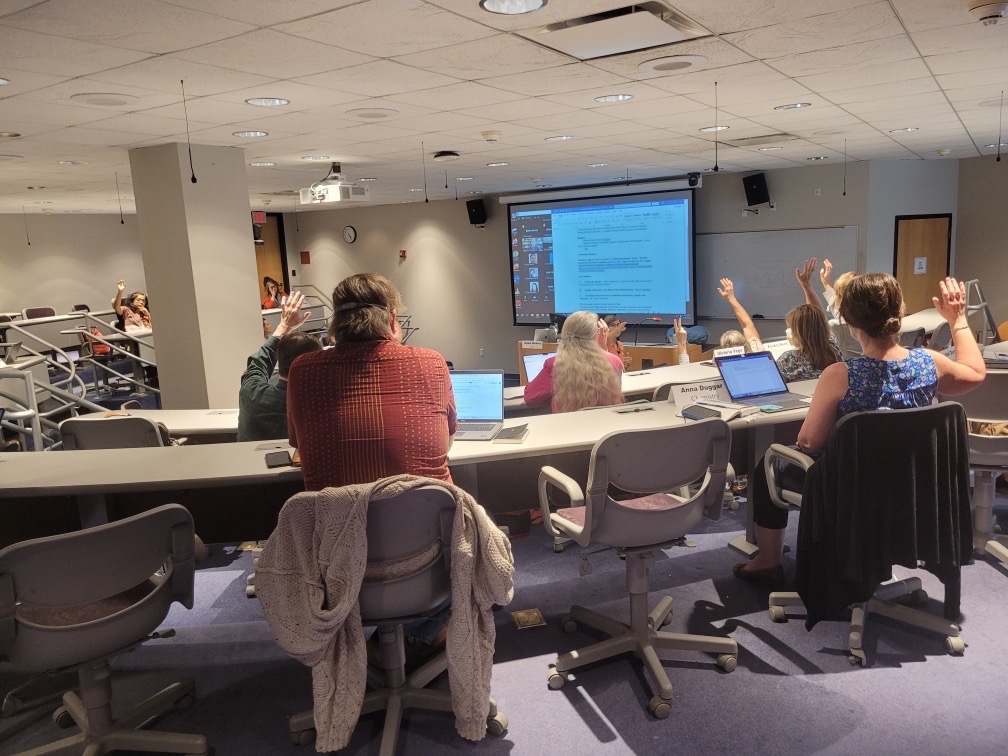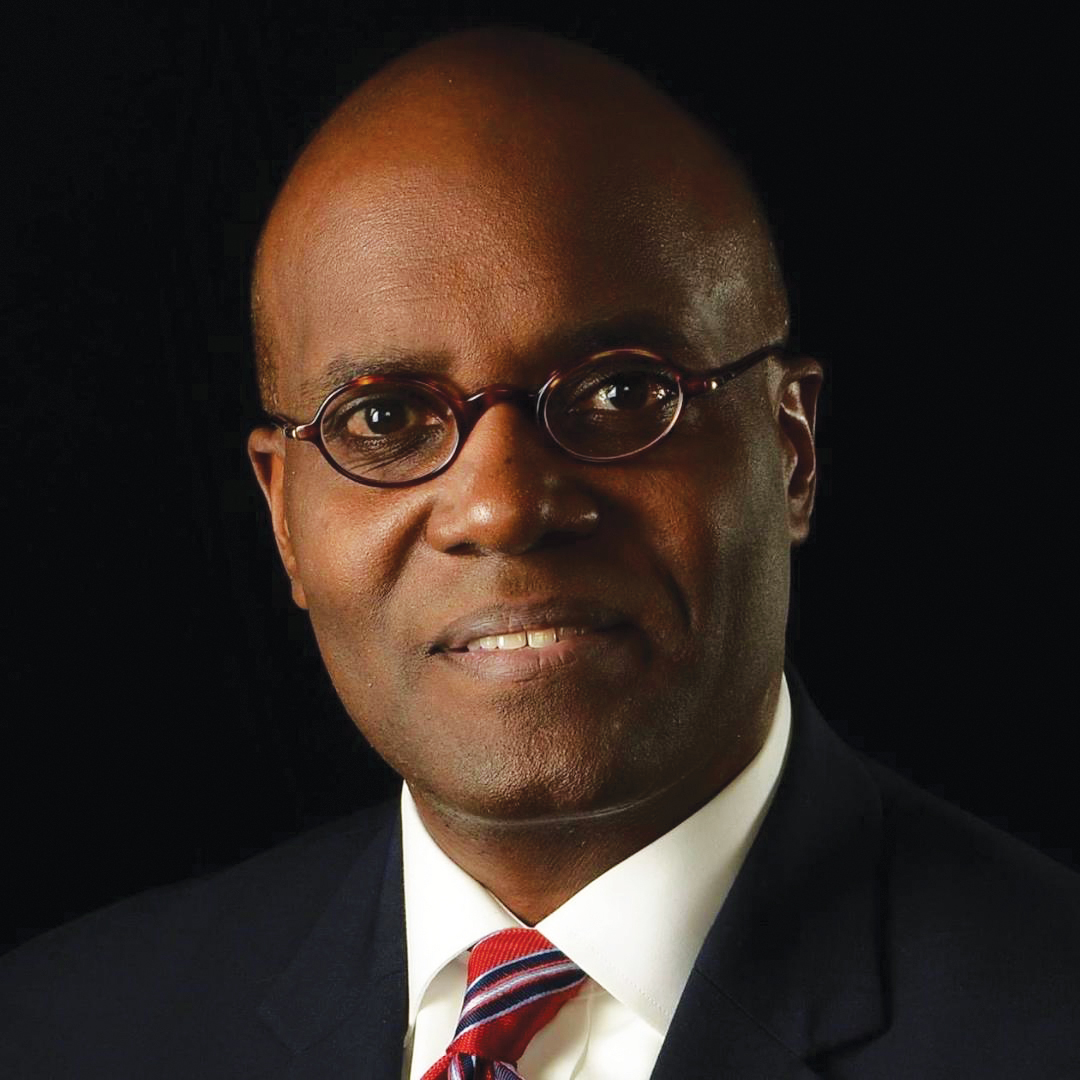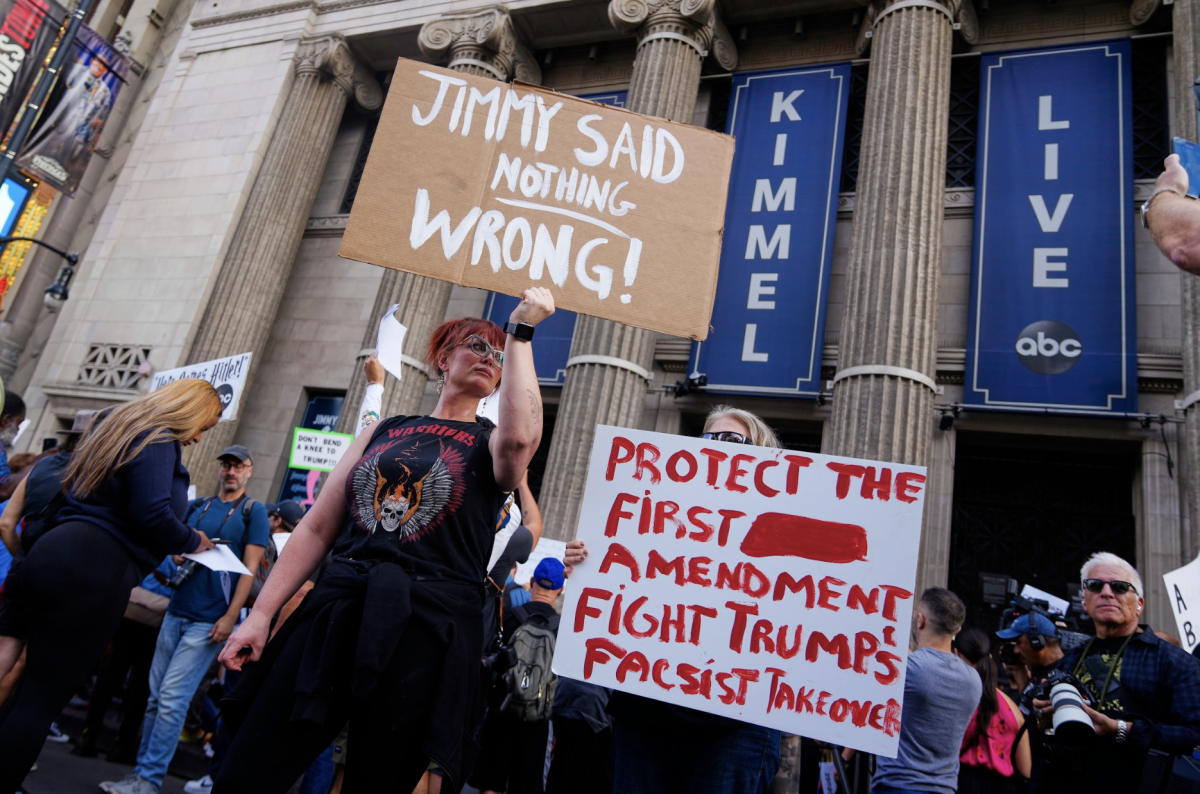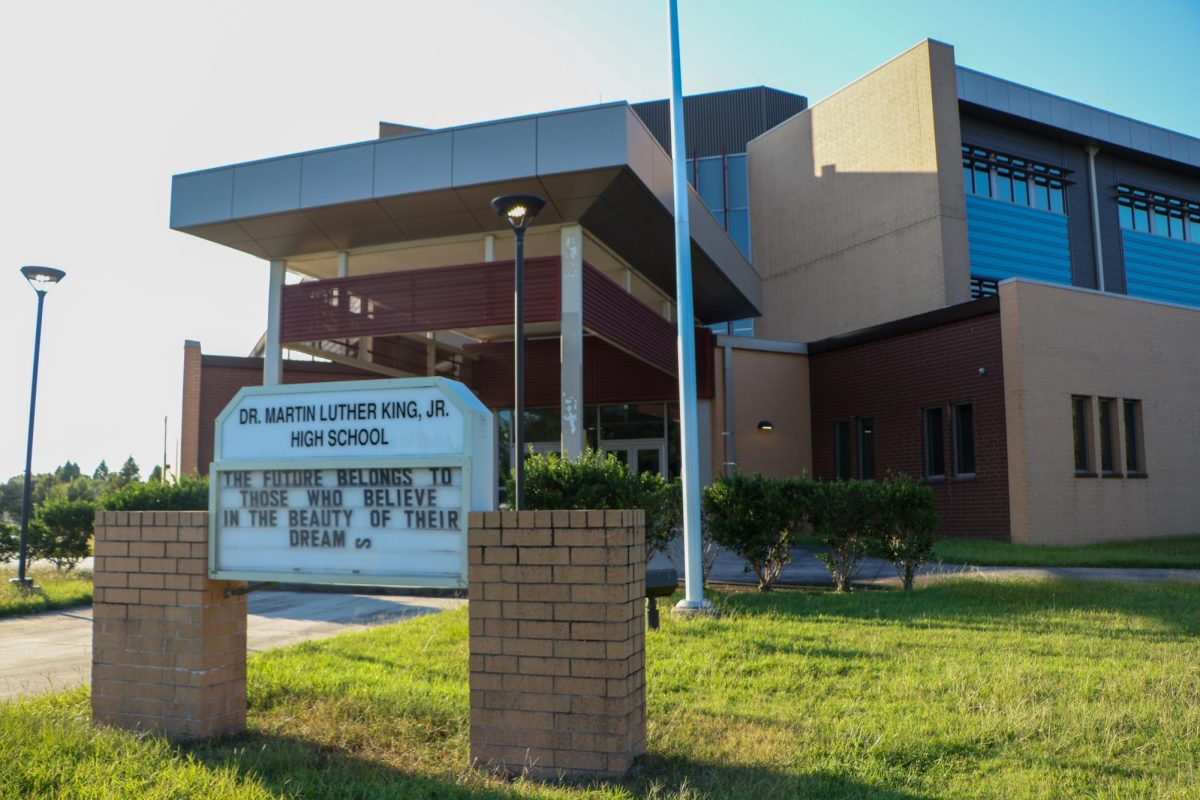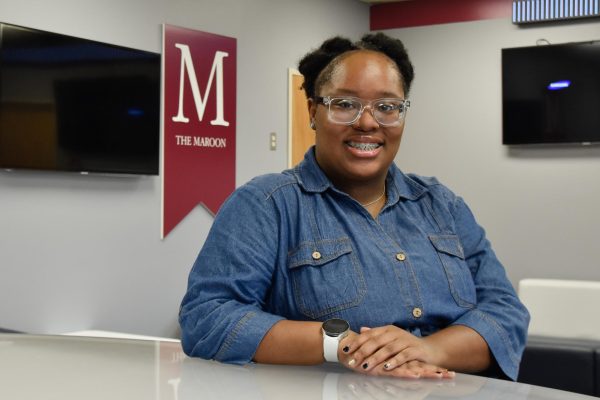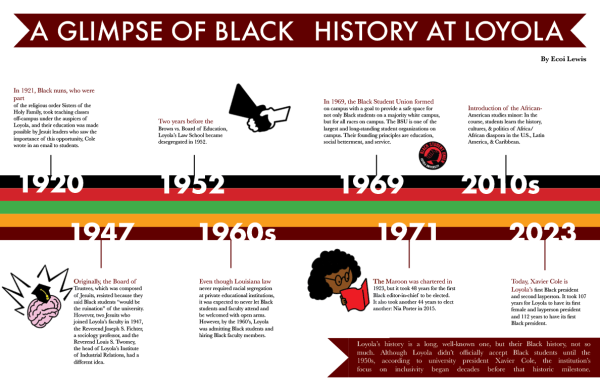
Loyola’s history is a long, well-known one, but their Black history, not so much. Although Loyola didn’t officially accept Black students until the 1950s, according to university president Xavier Cole, the institution’s focus on inclusivity began decades before that historic milestone.
In 1921, Black nuns, who were part of the religious order Sisters of the Holy Family, took teaching classes off-campus under the auspices of Loyola, and their education was made possible by Jesuit leaders who saw the importance of this opportunity, Cole wrote in an email to students.
Two years before the Brown vs. Board of Education, Loyola’s Law School became desegregated in 1952. Originally, the Board of Trustees, which was composed of Jesuits, resisted because they said Black students “would be the ruination” of the university. However, two Jesuits who joined Loyola’s faculty in 1947, the Reverend Joseph S. Fichter, a sociology professor, and the Reverend Louis S. Twomey, the head of Loyola’s Institute of Industrial Relations, had a different idea. Twomey and Fichter pushed for integration of the law school, and in 1951, Sister Letitia Senegal and Sister Catherine Waiters, both Sisters of the Holy Family, were enrolled in Saturday classes for academic credit and were awarded scholarships for Loyola’s extension program.
Even though Louisiana law never required racial segregation at private educational institutions, it was expected to never let Black students and faculty attend and be welcomed with open arms. However, by the 1960’s, Loyola was admitting Black students and hiring Black faculty members.
In 1969, the Black Student Union formed on campus with a goal to provide a safe space for not only Black students on a majority white campus, but for all races on campus. The BSU is one of the largest and long-standing student organizations on campus. Their founding principles are education, social betterment, and service.
Just a few years later, in 1971, Leatrice “Lea” Stevenson became the first Black editor-in-chief of The Maroon. The Maroon was chartered in 1923, but it took 48 years for the first Black editor-in-chief to be elected. It also took another 44 years to elect another: Nia Porter in 2015.
Introduction of the African-American studies minor: In the course, students learn the history, cultures, & politics of Africa/African diaspora in the U.S., Latin America, & Caribbean.
Today, Xavier Cole is Loyola’s first Black president and second layperson. It took 107 years for Loyola to have its first female and layperson president and 112 years to have its first Black president.



